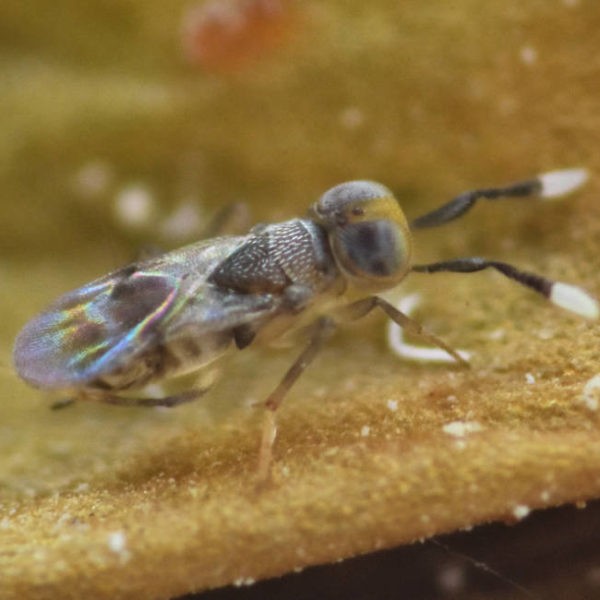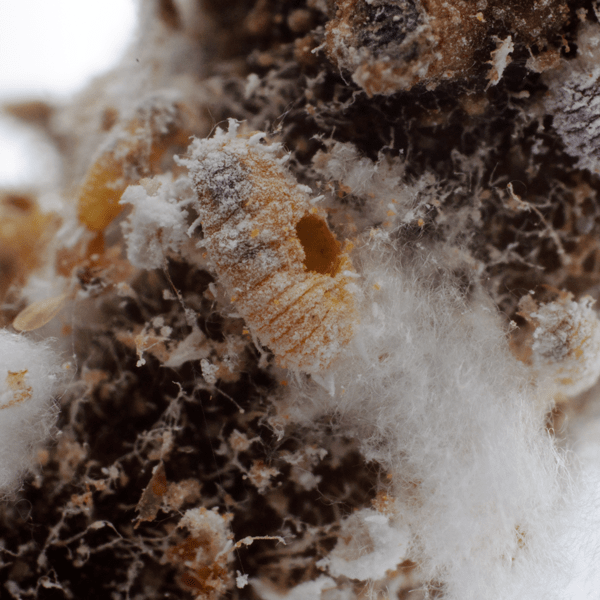Entocare
ACEROPHAGUS MACULIPENNIS - 100
ACEROPHAGUS MACULIPENNIS - 100
against mealybug
ACEROPHAGUS MACULIPENNIS is a parasitoid for the biological control of obscure mealybug in greenhouses. The product is especially applicable in greenhouses and other indoor environments. Immediately after release the wasps will start looking for a host. Adult parasitoids are available per 25 or 100 in a 40 ml container with shredded paper. This product is available for business customers only.
Specificaties
Specificaties
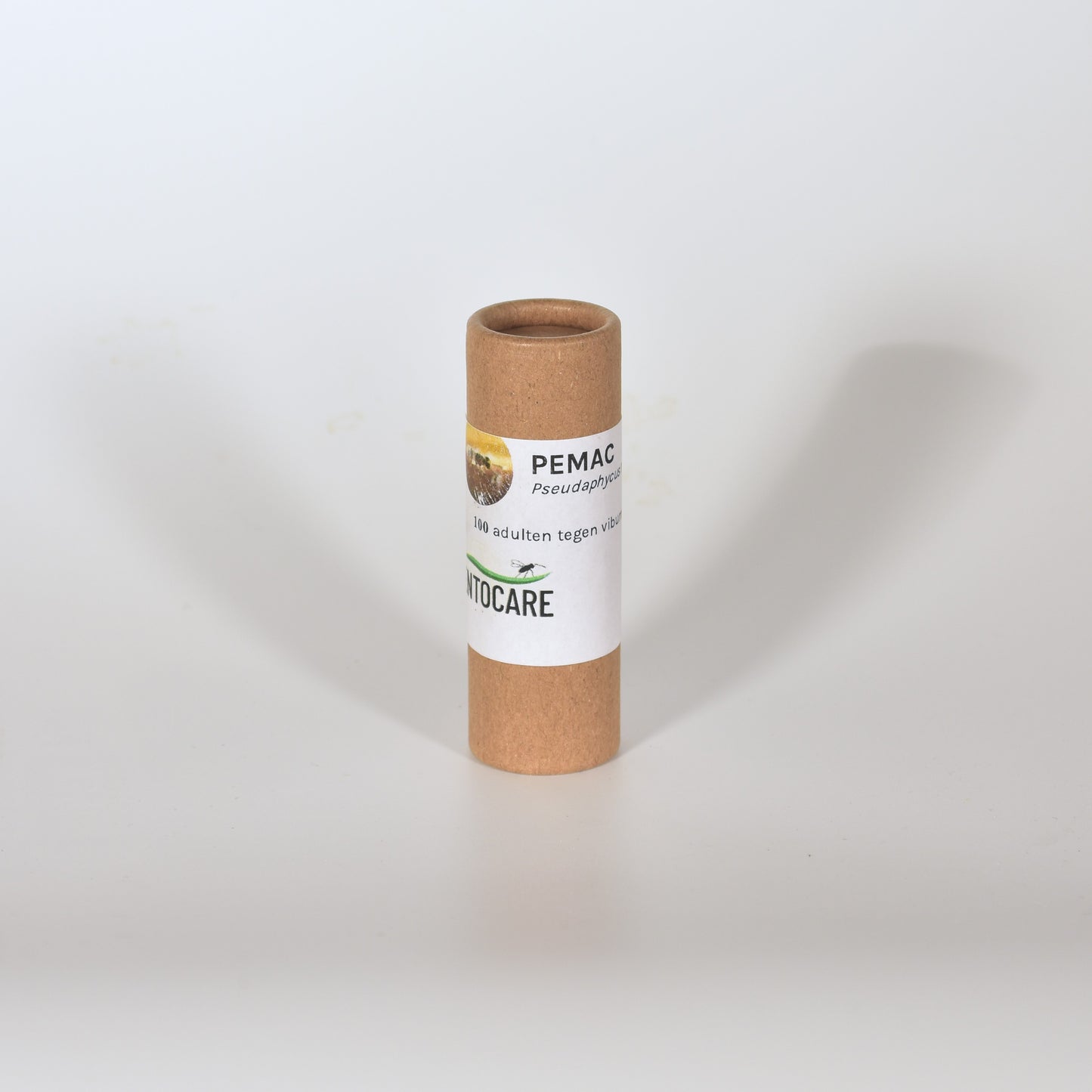
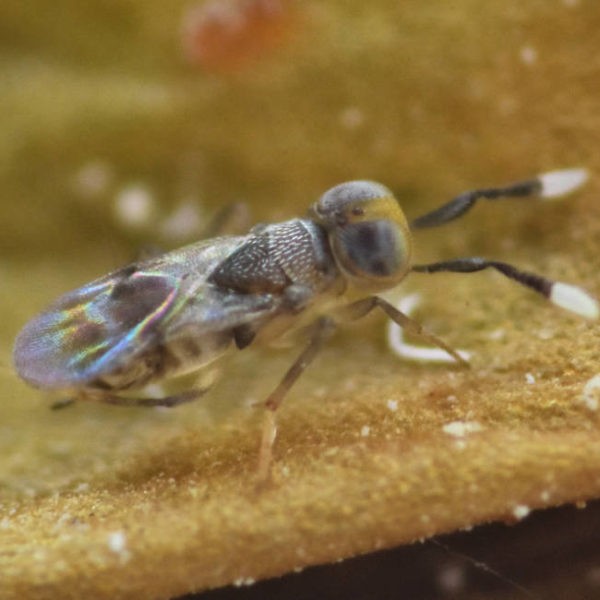
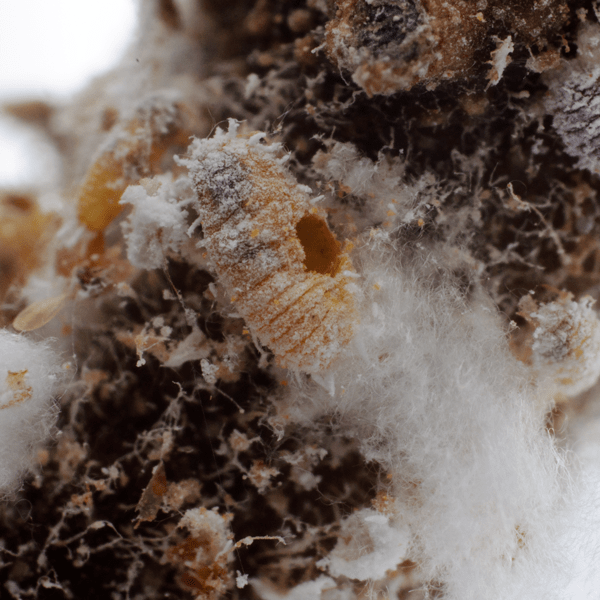
What is ACEROPHAGUS MACULIPENNIS?
ACEROPHAGUS MACULIPENNIS is a parasitoid for the biological control of obscure mealybug in greenhouses. They are small; grey colored parasitoids with short antennae. The antennae; thickened and white at the tips; are very characteristic. Males are very rare: populations mainly consist of females.
How does ACEROPHAGUS MACULIPENNIS work?
De female wasps deposit up to 5 eggs in bigger mealybugs. Most of them actually develop within the mealybug; which results in multiple young parasitoids emerging from a single parasitzed mealybug. This leads to a quick build up of the parasitoid population; who can in turn control the mealybug population.
In their search for mealybugs; these parasitoids can span distances of over tens of meters. Activity of this paraistoid can be recognized by mealybug mummies with several emergence holes. ACEROPHAGUS MACULIPENNIS can establish and manifest itself for a longer period of time; even over winter. However; its effectiveness is highest from spring to autumn.
How to combine ACEROPHAGUS MACULIPENNIS
When the mealybugs occur at high densities; ACEROPHAGUS MACULIPENNIS can be combined with CRYPTOLAEMUS MONTROUZIERI larvae. These are larvae of a predatory beetle. who have a rather big appetite and can therefore effectively control high densities of mealybug.
![]()
March - October, November - February if there is enough light
![]()
T = 20 - 35°C (optimum 23°C)
![]()
RH = 50 - 80%
![]()
indoor garden, vegetable production, ornamental production
use at high densities of mealybug2-3 per m²repeat three times every three weeksafter that, release extra if necessary
- Use this product directly after receiving it.
- Handle with care and do not shake.
- Open the small jar near the pest, either under or in the plant.
- The parasitoids will leave the small jar to look for the pest.


